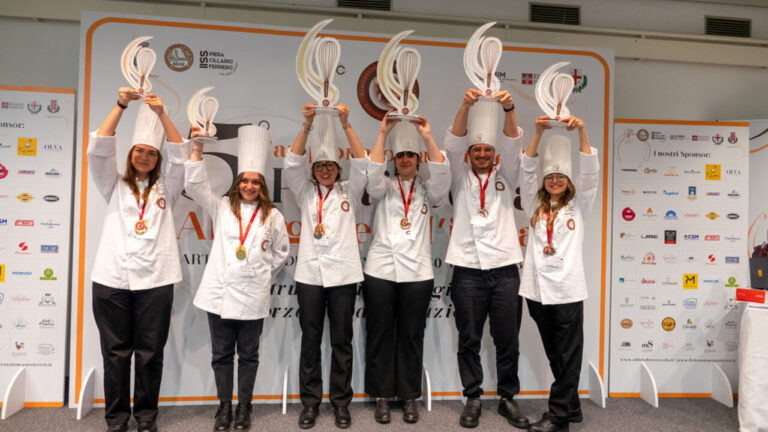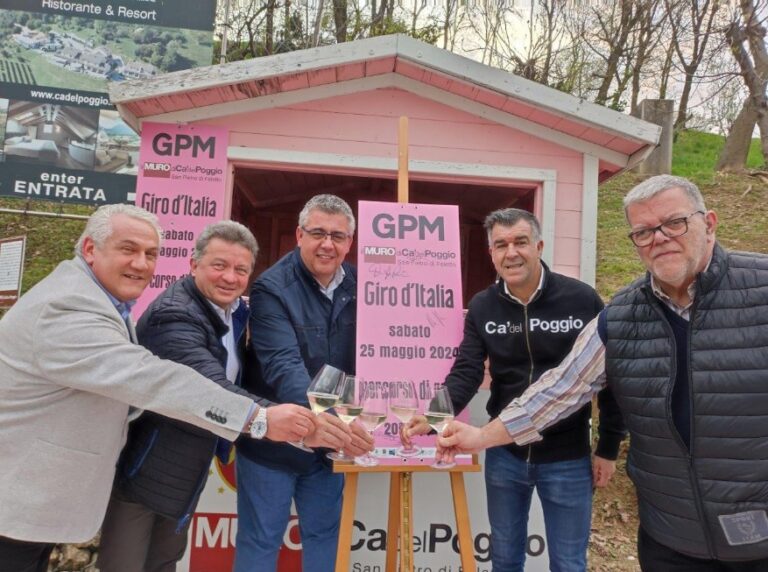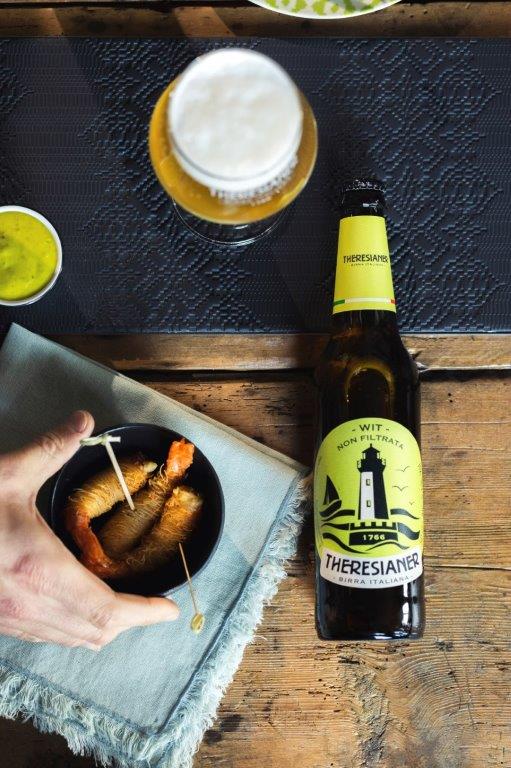It is a special day because we studied the poem of the same name, because as children we were taken to eat chestnuts and given a cake with a man on a horse, because there was fog, because our grandparents told us the stories of St Martin. The feast of St Martin is closely linked to rituals and customs of the rural tradition, in ancient times agricultural contracts were renewed and barrels were opened for the first tasting of ‘novello’ wine, a practice the latter of which is renewed to this day.
The evidence of the deep connection between the figure of St Martin that can be recognised in our region of Veneto is numerous and covers various areas of people’s lives, in villages and churches, just as the mottos linked to the saint and the typical dishes that are cooked in November in his memory are well known.
More or less everyone knows St Martin, his story is of a generous man who in the presence of a beggar cut his cloak in two with his sword and gave one half to the poor man so that he could shelter from the cold.
The Story
Born in Pannonia (present-day Hungary) in 316, he was the son of a Roman officer and was educated in the city of Pavia.
Tradition has it that, during a horseback patrol, Martin noticed a beggar suffering from the cold because he was almost completely undressed. Moved by pity, Martin without delay cut his cloak in half and gave a piece to the beggar.
But why only half?
Because at that time each soldier paid for half a piece of equipment, the other half was provided by the rulers for whom the soldiers were serving, Martin could not have given the cloak in its entirety because it did not belong to him!
After making this noble gesture Martin continued his patrol, immediately the rain stopped, the sun rose in the sky and the temperature warmed up. This is why the still warm and sunny days of November are called St Martin’s Summer.
The saint is celebrated on 11 November, the anniversary of his funeral in Tours on this day.
This date has become an extraordinary feast day throughout the West, thanks to his popular reputation for holiness and the considerable number of Christians who bear the name of Martin.
Traditions
On 11 November, children in Flanders and the Catholic areas of Germany and Austria, as well as in South Tyrol, take part in a lantern procession, recalling the torchlight boat ride that accompanied the saint’s body to Tours. Often a man dressed as Martin rides at the head of the procession. Children sing songs about the saint and their lanterns.
In Italy, the cult of the saint is linked to the so-called St Martin’s Summer, which occurs, in a meteorological sense, at the beginning of November and gives rise to a number of traditional folk festivals.
In the Venetian region, on 11 November, it is customary to prepare St Martin’s cake, a sweet shortbread biscuit in the shape of the saint with a sword on horseback, decorated with egg white and sugar icing and covered with sugared almonds and sweets; it is also customary for the children of the lagoon city to sing a song of good wishes house by house and shop by shop, playing pans and makeshift instruments, in exchange for a few coins or sweets.
Wine – Around 11 November, the end of the grape harvest was also celebrated and new wine began to be drunk, as witnessed by these proverbs: ‘A San Martin casca le foie e se spina el buon vin’ and ‘da San Martin el mosto diventa vin’, ‘A San Martino ogni mosto diventa vino’). It was an occasion for gatherings and celebrations in which toasts were toasted by uncorking freshly-ripened wine accompanied by chestnuts.
Patron of innkeepers – Legend has it that he turned water into wine.
Goose – It is said that Martin did not want to become a bishop and hid in a stable full of geese, but the noise of the animals revealed his hiding place.
End of contracts in agriculture – In agricultural areas, until not so many years ago, all contracts (of work but also of rent, sharecropping, etc.) began (and ended) on 11 November, a date chosen because work in the fields had already ended without winter having arrived.
For this reason, once the contracts expired, those who had a house in use had to vacate it on 11 November and it was not unusual, in those days, to come across carts overflowing with all kinds of household goods moving from one farm to another, making ‘San Martino’, the popular name, for this very reason, of the move. Even today it is still said: ‘fare San Martino’.
San Martino in Veneto:
- More than 114 parishes and churches are dedicated to the Saint;
- St Martin is the patron saint of numerous towns and villages.
- Thousands of artistic works dedicated to St Martin are contained in hundreds of churches, capitals, monasteries;
- Popular and cultural traditions linked to him are consolidated in all provinces: poems, sayings, proverbs, nursery rhymes and beliefs, festivals, events, recipes.
Food and wine heritage
12 November is the starting day of the fast before Christmas, which is why a kind of peasant New Year was celebrated on 11 November in our area, with great feasting. The typical animal that dominated this feast was the goose. Goose farming was widespread throughout the Veneto region, and this animal was very important because it was rich in fat. Hence the Veneto proverb ‘Chi no magna oca a San Martin, no’l fa el becco de un quatrin’.
Not to be forgotten is the saying: ‘Goose, chestnuts and wine, keep it all for St Martin’. This explains the fact that St Martin’s Day was a kind of peasant New Year’s celebration. In our peasant tradition, more simply, the goose was considered the poor man’s pig.
The image of St Martin on horseback ends up in the pastry shop every year. Short pastry is prepared in a mould; the cake is then decorated with chocolates, coloured beads and other delicacies.
Roast goose recipe
Wine and roast chestnuts, but even better roast wine and roast goose. Indispensable at the table to make St Martin’s Day unforgettable.
St Martin’s roast goose with apples and chestnuts
2.5 kg whole goose, head and entrails removed
5 small mountain apples
250 g shallots
200 g pre-boiled and peeled chestnuts
1 small onion
half a cup of white wine
a small bunch of fresh thyme
20 g butter
salt and pepper
PREPARATION:
Peel half a kilo of Golden Delicious apples, remove the core, cut them into pieces and cook them with a little water. When they are cooked, puree them and mix them with mashed chestnuts, a whole egg, chopped herbs, a pinch of cinnamon, salt and pepper. Stuff the goose with this stuffing, sewing the opening with kitchen string. Cook it in the oven at a not too high temperature (about 160°), it will take at least a couple of hours and, from time to time, drizzle it with its own sauce.
Serve it cut into pieces with its filling and cooking juices.
Article taken from www.veronasera.it




